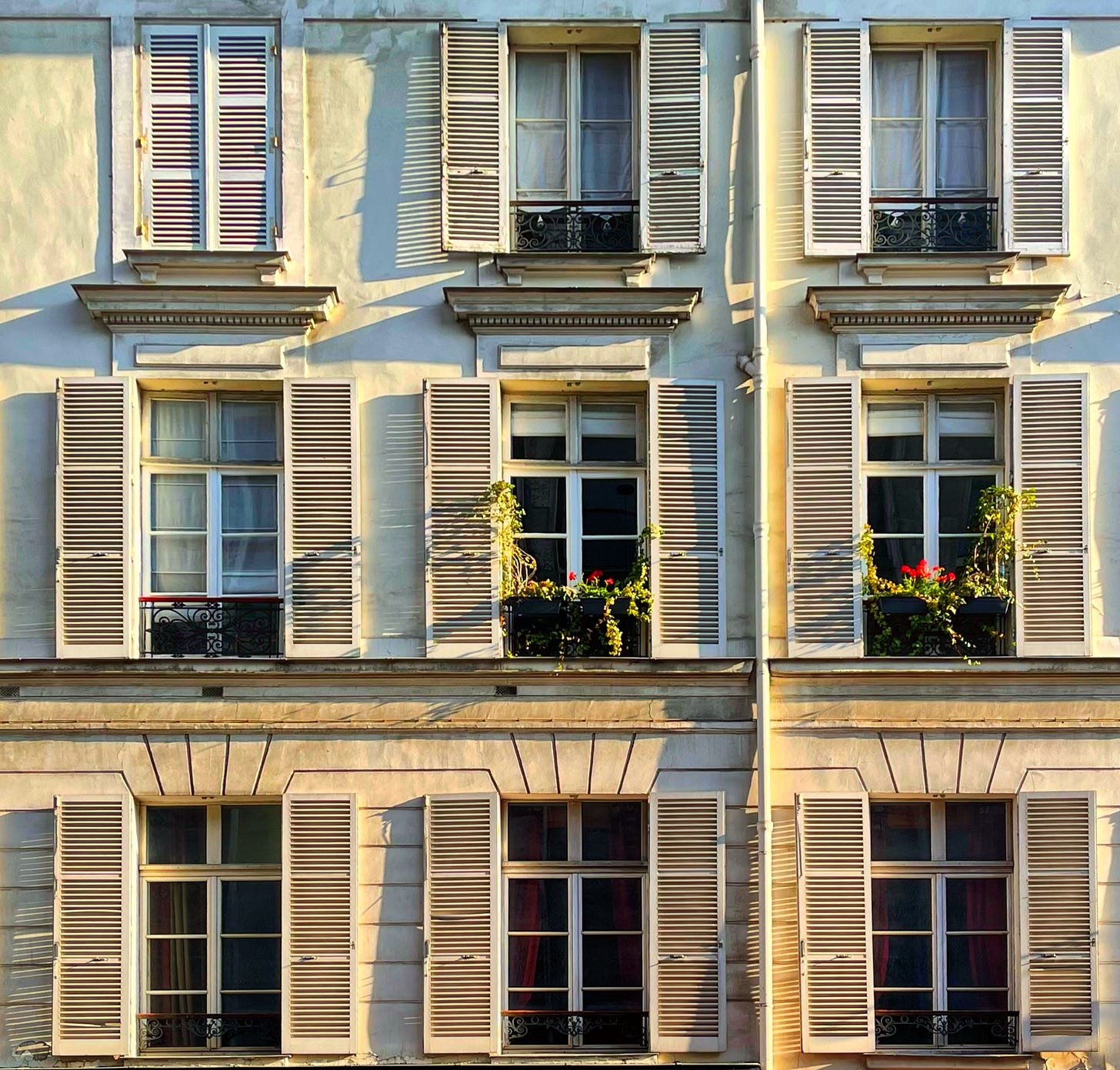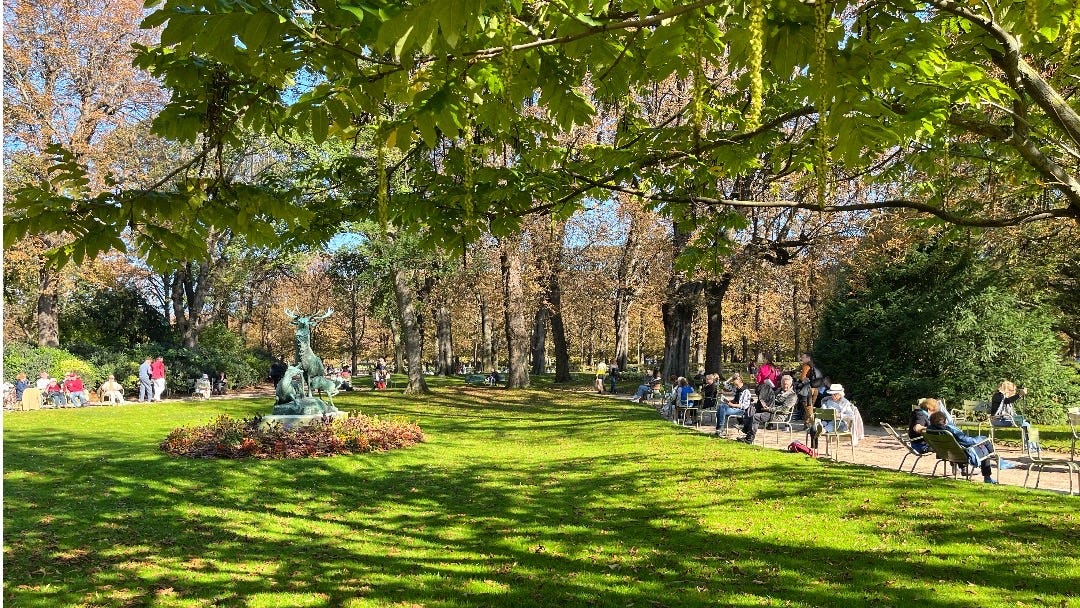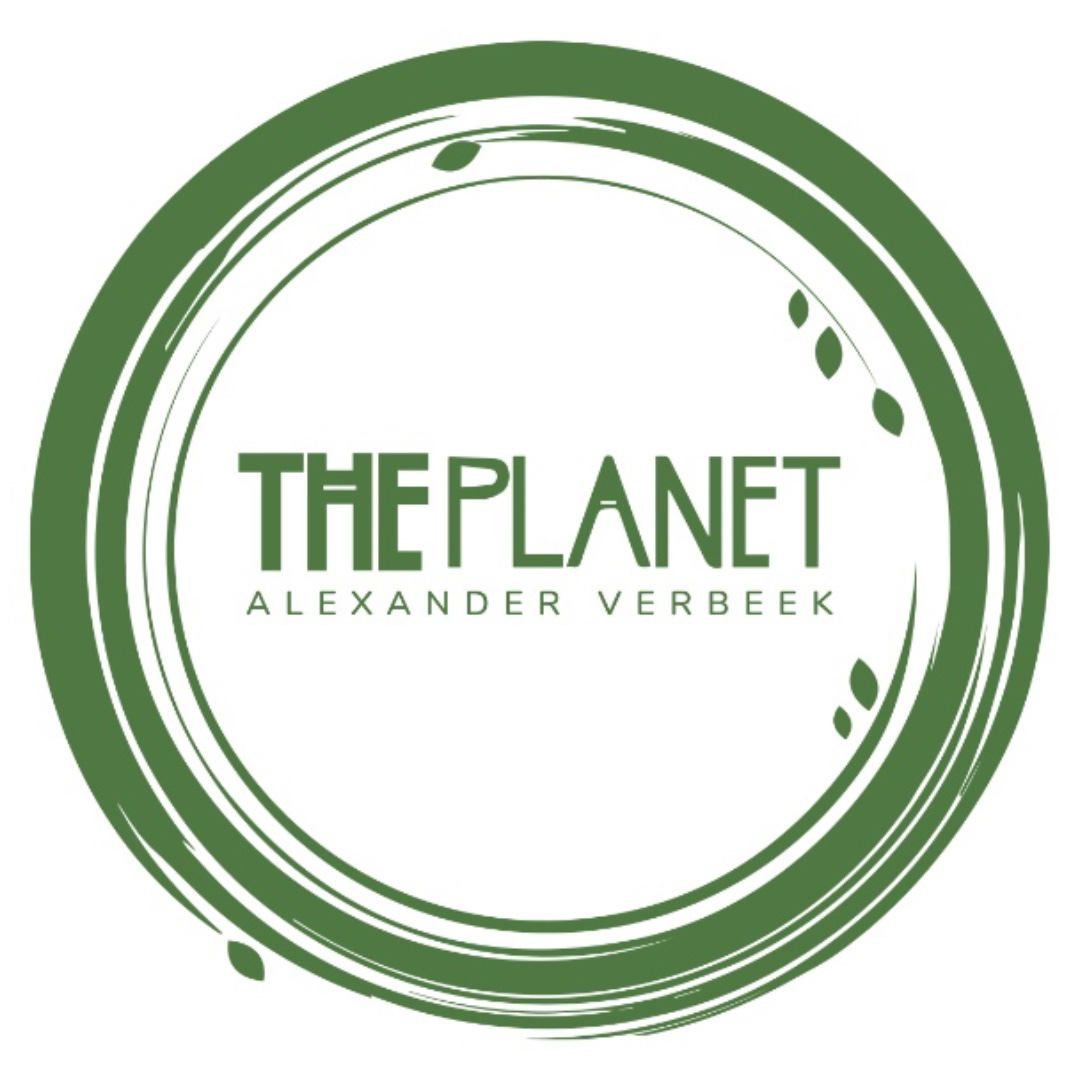
I recently wrote about the joy of continental train travel as an environment-friendly alternative for flying. You can read about it here and here. One of the advantages is that you can usually stop wherever you like without any extra cost.
So when I left Geneva, I made a 24 hour stop in Paris. It is one of those cities that I have visited all my life, and even though I have never lived there, I always feel at home. I love the architecture, the bridges over the seine, the art museums, the delicious food, the cozy cafes with their round tables on the terraces, and the city's green parks. I enjoy just strolling around without much of a plan.
When I grew up in the Netherlands, it was a five-hour journey to get there; now, a fast-speed railway connection brings you in only two and a half hours from Rotterdam to Gare du Nord, the North Station in the heart of Paris.
For today, I will share 12 photos that will, for some of you, be recognizable memories of your visits, and perhaps for others, a reason to visit Paris for the first time.
I recently posted a similar photo of a typical house in Geneva, so I share a classic Parisian facade today. The windows all have 'louvre shutters,' known in the American spelling as louver shutters. This apartment building is near the Louvre, and since both the Louvre and 'louvre shutters' are for me about as Parisian as it gets, I had always assumed that somebody must have named these after the famous museum. It is only now that a search on the internet proved me wrong.
Let's start with the former palace, the Louvre, which is the largest and the most popular museum in the world, which houses one of the most impressive art collections in history. The Louvre was originally a 12th-century fortress, but it was reconstructed in the 16th century to serve as a royal palace. In 1682, Louis XIV moved the royal residence to Versailles, and the Louvre became home to various art academies.
Louis XVI returned to his ancestor's former palace during the French Revolution, an involuntary stay that was cut short when he was beheaded in 1793. Marie Antoinette followed her husband ten months later. She accidentally stepped on the executioner's foot and whispered her last words: "Pardon me, sir, I didn't mean to," which was kind of her since I am sure this must have been a painful moment for the poor man.
So why is the Louvre called the Louvre?
There is no agreement among historians on why it is called the Louvre. One of the theories is about the Saxon word 'lauer' for watchtower, while according to another theory, it could refer to the gigantic work of building the Louvre (from the verb 'ouvrer': 'to work').
Reading about louvers, I found in the Encyclopedia Brittanica the description of an "arrangement of parallel, horizontal blades, slats, laths, slips of glass, wood, or other material designed to regulate airflow or light penetration." And I checked Wikipedia, an interesting source for this sort of rater irrelevant but entertaining information. It reminds us that the vital difference between louvers and jalousies is that louvers are always in a fixed position.
The site also adds a noteworthy historical anecdote. Louvers originated in the Middle Ages as lantern-like constructions in wood fitted on top of roof holes in large kitchens to allow ventilation while keeping out rain and snow. Later they evolved into more elaborate designs made of pottery, taking the shape of faces where the smoke and steam from cooking would pour out through the eyes and mouth. I recognize the first description mainly from European church towers where the louvers protect against the weather but don't reduce the sound of the church bells. But I have never seen or seen an image of those smoking and steaming faces. I hope one of the readers recognizes this description and can send a photo or, even better, a video of such a smoker.
But back to the picture above and my lifelong belief that louvre (English), or louvers (American), referred to the shutters used for the Louvre in Paris: I just looked at my photos of the Louvre and noticed not one window in that colossal building had louvre shutters. It would have made this former grand palace somewhat common if it had similar shutters to most of the apartments in Paris. Well, I am never too old to learn. I promised 12 photos; let's upload the other ten without further distractions.

And here is a one-minute video if you want to see these model sailing boats in action on the central pond of the Tuileries Gardens.
Now that the world follows the developments of COP26 in Glasgow, you will often read these days about the climate agreement reached at the airport of Le Bourget, just northeast of Paris, on 12 December 2015. The Paris Agreement, as it became known, will forever create an association between global warming and the French capital. "This is truly a historic moment," the United Nations secretary-general, Ban Ki-moon, said in an interview. "For the first time, we have a truly universal agreement on climate change, one of the most crucial problems on earth."
About two years later, in January 2018, the Seine flooded and reached a level of 5.84 meters (19 ft 2 in). Paris was again worldwide in the news, mainly because of fears for the art collections kept in underground storage rooms. The Deputy Mayor of Paris, Colombe Brossel, warned that the heavy rain was caused by climate change and that "We have to understand that climatic change is not a word, it's a reality." The flooding was a reminder that no country or city can escape from the impacts of climate change.
I write this newsletter because I believe that together we can do better on this beautiful but fragile planet.
This newsletter is an independent production. Accordingly, I have never accepted any advertising offers. I also aim to make as many editions as possible available for free.
Support from those who can afford it makes this independent newsletter available to all. If you are a paying subscriber: thank you for your support!
If you are not, please consider supporting this initiative by taking a paid subscription.
If the cost of this newsletter ($6/month, $60/year) would create any financial strain, please stay on the free list; I value all readers.
Notes:
https://www.livescience.com/31935-louvre-museum.html
https://askinglot.com/goto/500479A4
https://www.forbes.com/sites/rsmdiscovery/2017/10/30/ranking-the-worlds-most-admired-art-museums-and-what-big-business-can-learn-from-them/?sh=552541393b33
https://allthatsinteresting.com/marie-antoinette-death
https://www.britannica.com/technology/louver
https://en.wikipedia.org/wiki/Louver
















It’s been many years since I was in Paris. Thanks for those wonderful photos which brought back happy memories. I enjoyed the treatise on Louvres and louvers. No matter how spelled they are a wonderful aspect of architecture. Wonderful you had the opportunity to visit and that the weather was sunny.
Aww Paris.. also a place I've always wanted to visit, walk the streets and enjoy the food. I study French for 5 years in hours that's I would go. Sadly , after all these years, I have not visited and my French is rusty. Gorgeous pictures and pastry.. wish I could have one with my tea.
Thank you Alexander for always taking the time to share your wealth of knowledge. Therefore making us learn something every time. Thank you abs keep sharing.